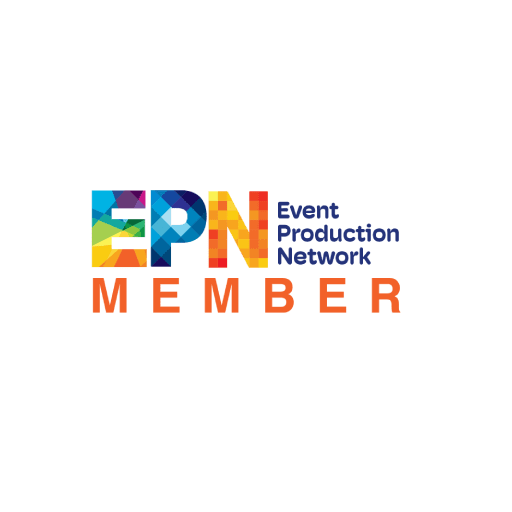Exactly How Manufacturing Business Change Principles Into Compelling Visuals
The process by which manufacturing companies transform abstract concepts into compelling visuals is both intricate and methodical, starting with the crucial stages of ideation and manuscript growth. As the job progresses via pre-production, production, and post-production, each phase demands careful attention to detail and alignment of artistic elements.
Understanding the Creative Process
While the creative procedure might differ significantly from one manufacturing business to another, it commonly entails an organized strategy that stabilizes imaginative vision with functional implementation. The process begins with ideation, where concepts are conceptualized and improved. During this phase, innovative groups participate in conversations that explore motifs, narratives, and visual styles, making sure that the core message straightens with the intended target market.
Following ideation, the advancement phase takes spotlight, where scripts, storyboards, and shot lists are thoroughly crafted. This phase is vital as it converts abstract concepts right into tangible plans, facilitating a smoother manufacturing procedure. The creative team collaborates closely, guaranteeing that every element, from casting to area scouting, shows the creative intent.
As soon as pre-production concludes, the implementation stage starts, where the job is given birth to through recording and modifying. This phase needs a keen interest to detail, as the imaginative vision is understood with technological competence and imaginative expression. Ultimately, post-production better improves the visuals and noise, finishing in a refined end product that resonates with the target market. Hence, understanding this structured imaginative procedure is vital for appreciating how manufacturing firms transform principles right into compelling visuals.

The Function of Collaboration
Exactly how does cooperation improve the imaginative result of manufacturing firms? At its core, cooperation is a vital catalyst that fosters technology and creative thinking within the production landscape - production companies nashville tn. By uniting varied skill sets, point of views, and experiences, collaborative initiatives allow groups to brainstorm and improve concepts more successfully. This harmony not only enhances analytic abilities however additionally leads to richer, much more nuanced storytelling.

Furthermore, collaboration motivates open communication, which is critical for navigating the intricacies of production. It cultivates an ambience where comments is valued, enabling repetitive enhancements and adjustments that elevate the end product. Inevitably, the joint spirit within production firms serves to transform preliminary principles right into compelling visuals that astound visitors, enhancing the importance of synergy in achieving imaginative excellence.
Pre-Production Fundamentals
Pre-production is an essential stage in the filmmaking process, usually including five crucial actions that prepared for a successful manufacturing. The primary step includes script development, where the screenplay is improved, guaranteeing that the story is natural and compelling. This is followed by budgeting, which develops the financial framework for the job, determining vital prices connected to cast, team, areas, and tools.
The 3rd action is casting, an essential procedure that involves picking the appropriate actors to portray the characters authentically. A well-cast film can considerably improve the tale's impact. Next, area hunting is performed to locate suitable recording sites that line up with the vision of the task, taking into account logistical elements such as availability and permits.
Recording the Vision in Production
In the dynamic setting of a movie collection, catching the vision in production needs thorough coordination and cooperation amongst all departments. Each group, from cinematography to art instructions, plays a crucial role in translating the screenplay into aesthetic images that resonates with audiences. Bonuses The supervisor's vision should be efficiently communicated to ensure that every shot, angle, look what i found and lighting choice lines up with the overarching story.
Cinematographers are charged with selecting electronic camera devices and lenses that finest communicate the story's tone, while production developers produce immersive atmospheres that enhance the aesthetic experience. Closet and make-up teams contribute by forming characters through their appearance, enhancing the narrative's motifs.
Sound design and songs also match the visuals, establishing psychological context and enhancing target market interaction. Daily coordination conferences and on-set communication channels assist in real-time adjustments, ensuring that any type of innovative nuances are caught as they develop.
Ultimately, capturing the vision in manufacturing has to do with balancing these varied elements to create a natural and compelling aesthetic story. The collective effort not just brings the manuscript to life but additionally lays the foundation for an effective cinematic experience.
Post-Production: Refining the Last Product
Post-production plays a crucial duty in refining the final product, transforming the raw video footage captured throughout manufacturing into a refined cinematic experience (production companies nashville tn). This stage includes numerous crucial processes, consisting of editing, audio design, color improvement, and visual impacts, each adding to the total story and psychological impact of the movie

Audio layout is equally crucial, including the enhancement of discussion, audio impacts, and climatic sounds that enrich the you can check here checking out experience - production companies nashville tn. The mindful layering of audio elements helps immerse the target market in the story globe
Shade modification better boosts aesthetic appeal, adjusting hues and contrasts to create a natural visual that lines up with the film's state of mind. This step guarantees that each structure reverberates emotionally with customers.
Final Thought
To conclude, the transformation of concepts right into engaging visuals requires a structured and collaborative approach within manufacturing firms. By prioritizing interaction and coordination throughout the creative process-- from ideation and pre-production to production and post-production-- these companies efficiently align different creative aspects with the narrative. This thorough methodology not only improves storytelling yet also captivates target markets, ultimately leading to immersive and appealing cinematic experiences that reverberate deeply with visitors.